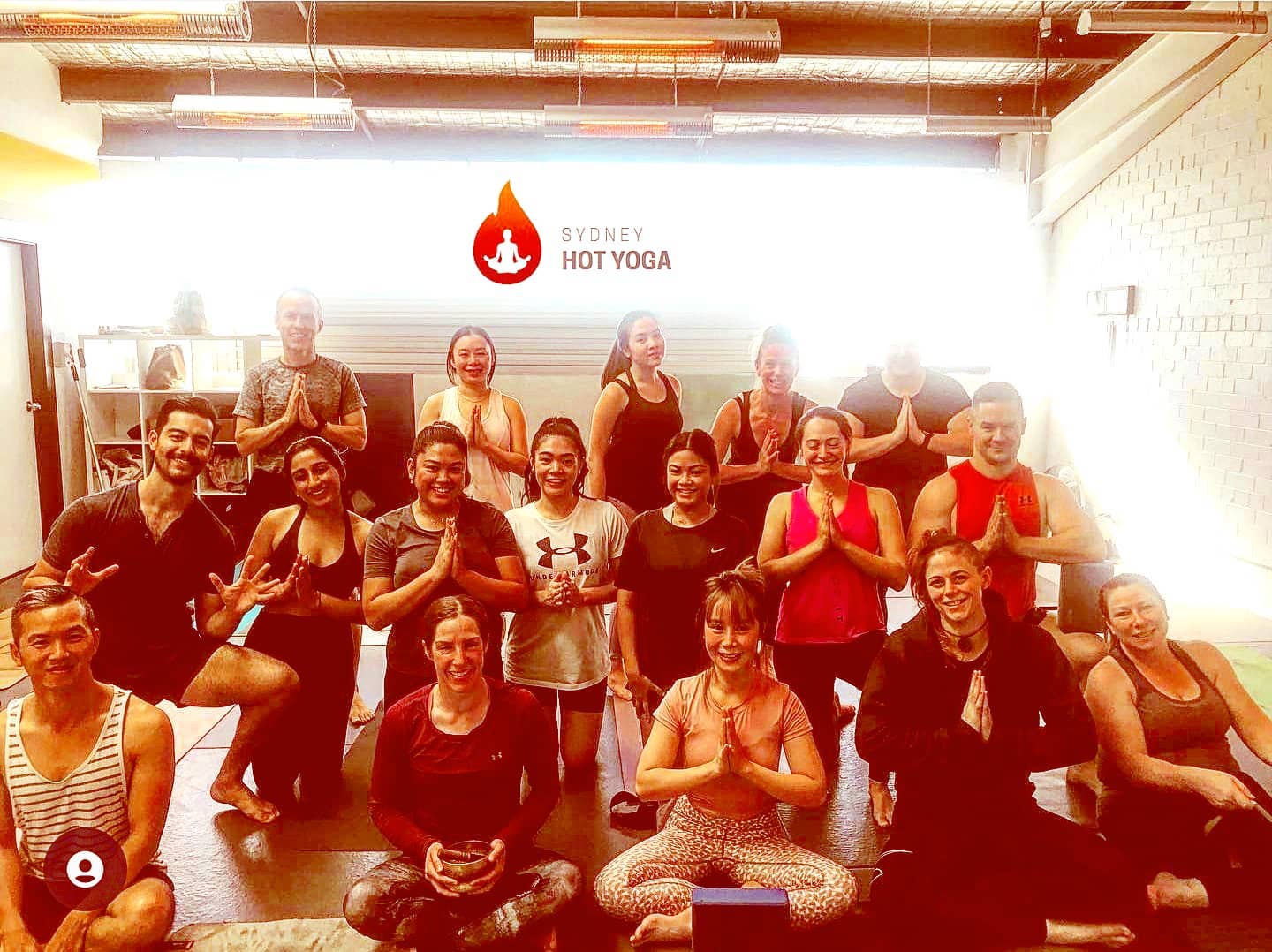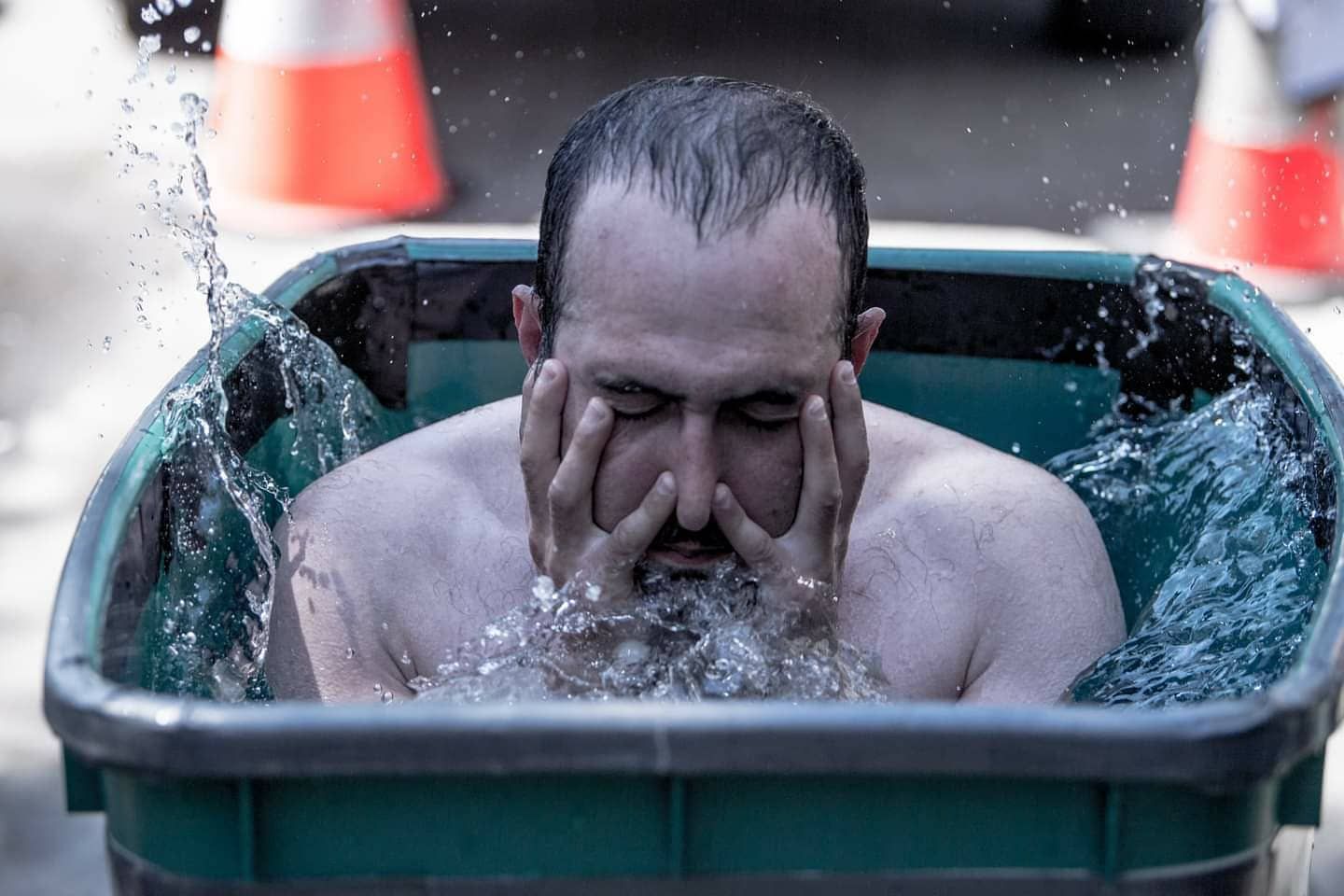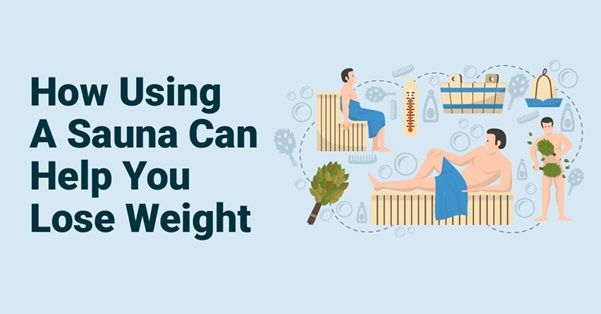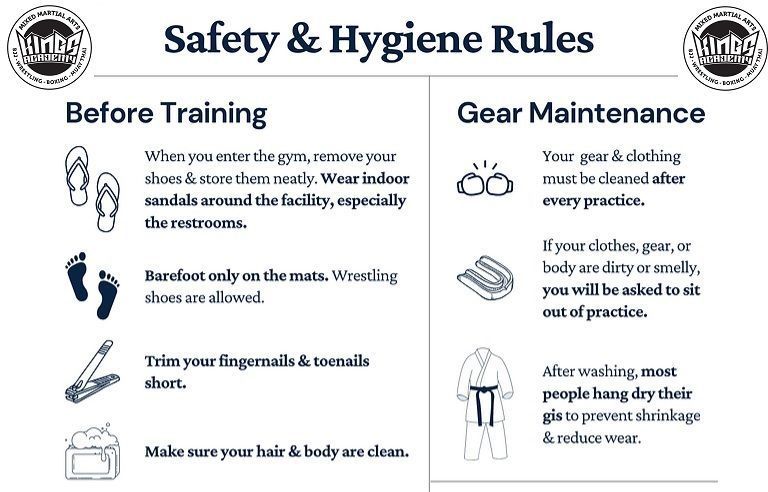Ten Benefits of Hot Yoga
Benefits of Sweating It Out with Hot Yoga - Hot yoga has become a popular exercise in recent years. It offers many of the same benefits as traditional yoga practice, such as stress reduction, improved strength, and flexibility

Ten Benefits of Hot Yoga
If you're interested in trying a Hot Yoga session check out Sydney Hot Yoga
Are you ready for Hot Yoga?
Hot yoga has become a popular exercise in recent years. It offers many of the same benefits as traditional yoga practice, such as stress reduction, improved strength, and flexibility.
But, with the heat turned up, hot yoga has the ability to give your heart, lungs, and muscles an even greater, more intense workout.
Are you interested in learning more about the ways you can benefit from hot yoga? We will take a closer look at what this sweat-inducing workout can do for you and how you can get started.
What is hot yoga?
You may hear the terms “hot yoga” and “Bikram yoga” used interchangeably, but they’re not exactly the same thing. So let’s explain the difference so you have a better understanding.
Bikram yoga, developed by a yogi named Bikram Choudhury, is done in a room heated to exactly (41°C) with 40 percent humidity. It consists of 26 poses and two breathing exercises that are done in the same order in every class. Bikram yoga sessions typically last 90 minutes.
Hot yoga really just means that the room is heated above normal room temperature and performing a vinyasa flow style yoga. The heat can be set to whatever the yoga instructor wants, though it’s typically between 25 and 40°C.
Hot yoga sessions can include any variety of poses, and the time of each class will vary from studio to studio. And unlike Bikram yoga, which is a quieter, serious practice, hot yoga often includes music and more interaction among the people in the class. One of the great things about Hot Yoga is that every class is different, and every Yogi can add their own personal touches.
Some studios may use the term “hot yoga” rather than “Bikram yoga” to describe their heated classes. So, it’s a good idea to read class descriptions carefully before signing up.
What are the benefits of hot yoga?
Regardless of the room temperature, yoga, hot yoga, and Bikram yoga aim to provide relaxation of the mind and improve physical fitness.
A heated environment can make the practice of yoga more challenging, but it also makes some of the positions easier to achieve. There are some great benefits to hot yoga especially if you’re looking to make progress in one of the areas outlined below.
If done correctly and safely, some of the benefits Yoga can provide are:
1. Improves flexibility
You may already know that stretching after you warm up your muscles is safer than stretching cold muscles. So, it makes sense, that an environment like a hot yoga studio can make yoga poses easier and more effective. The heat allows you to stretch a little further and achieve a greater range of motion. A 2013 study of Bikram yoga found that after 8 weeks, yoga participants had greater flexibility in their low back, shoulders, and hamstrings than the control group.
2. Burns more calories
A 70kg person can burn around 750 kilojoules an hour with traditional yoga. Turning up the heat can help you burn even more calories. According to researchers at Colorado State University, the calorie burn can be as high as 1900kj for men and 1350kl for women during a 90-minute Bikram yoga session. Hot yoga, even if it’s not quite as intense as a Bikram session, will burn more calories than a traditional yoga workout.
3. Build’s bone density
Supporting your weight during a yoga pose can help build bone density. This is especially important for older adults and premenopausal women, as bone density declines as you age. A 2014 study of women who participated in Bikram yoga over a 5-year period found that premenopausal women had increased bone density in their neck, hips, and lower back. This lead the authors of the study to believe that Bikram yoga may be an effective option for reducing the risk of osteoporosis in women.
4. Reduces stress and eases depression
Many people turn to yoga as a natural way to deal with stress. A 2018 study of stressed, physically inactive adults found that a 16-week program of hot yoga significantly reduced the participants’ stress levels. At the same time, it improved their health-related quality of life, as well as their self-efficacy — the belief that you have control over your behaviour and social environment.
Yoga is well known as a technique to help you relax and improve your mood. According to the American Psychology Association, it may also be a helpful therapy for reducing the symptoms of depression. Additionally, a 2017 review of 23 different studies that focused on yoga as a treatment for depression concluded that yoga is an effective way to reduce depressive symptoms.
5. Provides a cardiovascular boost
Striking different yoga poses in high heat can give your heart, lungs, and muscles a more challenging workout than doing the same poses in a lower temperature. According to a 2014 study, just one session of hot yoga is enough to get your heart pumping at the same rate as a brisk walk (3.5 miles per hour). Hot yoga also revs up your respiration and metabolism.
6. Reduces blood glucose levels
While any type of exercise can help burn energy and reduce circulating levels of glucose (sugar) in your bloodstream, hot yoga may be an especially helpful tool for people at higher risk for type 2 diabetes. A 2013 study found that a short-term Bikram yoga program improved glucose tolerance in older adults with obesity, but it had a lower effect on young, lean adults.
7. Nourishes the skin
Sweating, and a lot of if, is one of the main objectives of hot yoga. One of the benefits of sweating in a warm environment is that it can improve circulation, bringing oxygen, and nutrient-rich blood to skin cells. This, in turn, may help to nourish your skin from the inside.
8. It’s detoxifying.
The body rids itself of toxins—such as arsenic, cadmium, lead, mercury, and other chemicals—via sweat, so sweating more helps improve our elimination process through the skin and lightens our toxic load.
9. It enhances thyroid function.
People who suffer from hypothyroidism have a harder time breaking a sweat when exercising in a normal temperate room. Hot yoga can help them induce a sweat, freeing up the thyroid receptors for the utilization of iodine, helping the thyroid to better function
10. It helps you sleep better.
In a study of 13 healthy male and female practitioners who participated in hot yoga twice weekly, researchers found that, on practice days, the subjects had an easier time falling to sleep and back asleep after nocturnal awakenings than on the days they did not practice.
Safety tips
If you’re in good health, hot yoga is generally safe. But, as with most types of exercise, there are some safety precautions to keep in mind.
Dehydration is a major concern with hot yoga. Drinking water before, during, and after a hot yoga class is essential. A low-calorie sports drink may also help restore electrolytes lost during your hot yoga workout.
Some pre-existing health conditions may make you more prone to passing out in a hot room. This includes heart disease, diabetes, arterial abnormalities, anorexia nervosa, and a history of fainting. If you have low blood pressure or low blood sugar, you may be prone to dizziness or light headedness with hot yoga. Check with your doctor to make sure hot yoga is safe for you.
Pregnant women should consult their doctor before trying hot yoga.
If you’ve had heat intolerance problems in the past, you may want to stick with yoga that’s done at a room temperature.
Stop right away if you feel dizzy, lightheaded, or nauseous. Leave the room, have a drink and rest in a cooler environment.
How to get started
If you haven’t done yoga before, you may want to try a hot yoga class first to see if the instructor and studio are a comfortable fit for you. Most studios will offer a trial class that allows you to see if Hot Yoga is for you before you make a commitment.
If you’re ready to give hot yoga a try, consider these tips to get started:
Wear lightweight, breathable fabrics that can wick away your sweat.
Bring a towel to place over your yoga mat, which may get a little slippery once you start sweating. You can also purchase Hot Yoga Mats that are designed to draw away and absorb any sweat. You should also bring a towel for your face and hands.
Bring a large, insulated water bottle filled with cold water that you can sip throughout your hot yoga session.
The bottom line
Hot yoga may not be for everyone. But if you enjoy regular yoga, and want to step it up a notch, it may be just what you’re looking for.
Hot yoga offers a wide variety of benefits for both your mind and body. It can help you burn calories, build bone density, boost your cardiovascular fitness, and improve your flexibility. It may also help ease depression and reduce stress.
If you have any health conditions, including heart or artery issues, diabetes, anorexia nervosa, a history of fainting, or heat intolerance, consult your doctor first before doing a hot yoga session.
If you think you're interested in trying a Hot Yoga class check out our Yoga Page and then register for a Free Class
We look forward to seeing you on the Mat
Namaste,
Sydney Hot Yoga
If you found this article interesting you might enjoy Top Ten Life Hacks for a Healthier and Happier Life or Mitochondria Health to understand how the heat helps you.
Sydney Hot Yoga is the Premier Hot Yoga Studio located in Liverpool and South Western Sydney servicing Greater Western Sydney.










